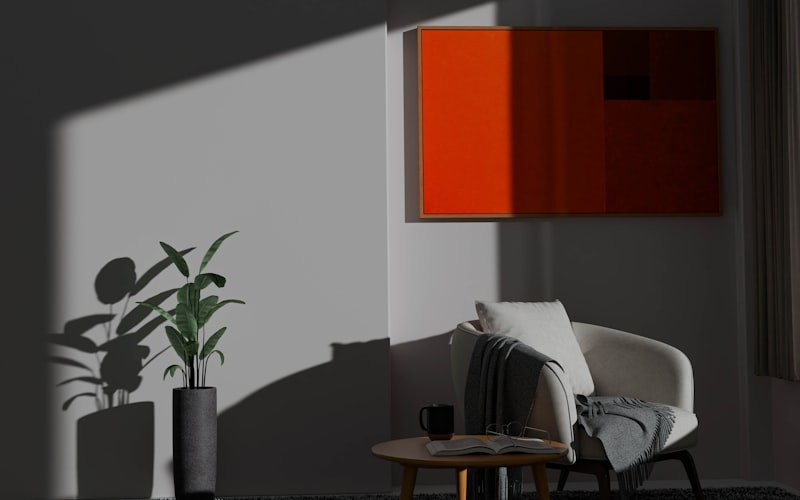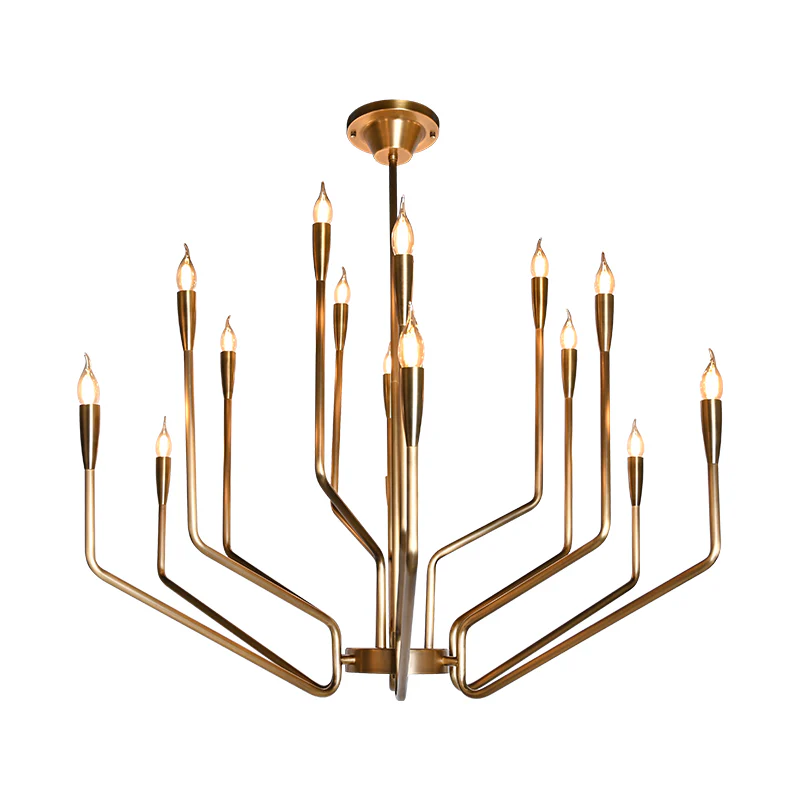Maximizing Ambiance with Layered Lighting Effects: A Comprehensive Guide
Maximizing Ambiance with Layered Lighting Effects: A Comprehensive Guide
Layered lighting effects have revolutionized the way we perceive spaces. By ingeniously combining ambient, task, and accent lighting, homeowners and designers can create versatile environments that cater to both functionality and aesthetic appeal. This article delves into the concept of layered lighting effects, offering insights, inspiration, and practical applications to enhance any room.
Understanding Layered Lighting Effects
Layered lighting involves the strategic placement of multiple types of lights within a space. The three main components of layered lighting effects include:
| Type of Lighting | Purpose | Examples |
| Ambient Lighting | Provides overall illumination | Ceiling fixtures, chandeliers |
| Task Lighting | Focuses on specific tasks | desk lamps, under-cabinet lights |
| Accent Lighting | Highlights architectural features or decor | Wall sconces, track lighting |
Why Layered Lighting Is Essential
Layered lighting effects offer numerous benefits for both residential and commercial spaces. Here are a few reasons why implementing layered lighting is essential:
- Flexibility: By combining different types of lighting, the ambiance can be easily modified to suit any occasion, whether it's a cozy family dinner or a lively gathering.
- Dimension: Layered lighting adds depth and dimension to a room, making it feel larger and more inviting.
- Enhanced Mood: Proper lighting can significantly affect a room’s atmosphere, promoting relaxation or productivity depending on how it's used.
- Highlight Features: Accent lighting draws attention to artwork, architectural features, or focal points, thereby enhancing the overall design.
How to Achieve Layered Lighting Effects
Creating a balanced layered lighting scheme requires thoughtful planning and design. Here’s a step-by-step guide to help you achieve the perfect layers of light:
Step 1: Identify the Purpose of the Room
Before diving into lighting selection, consider the primary functions of the space. A kitchen may require bright task lighting for cooking, while a bedroom might benefit from softer ambient lights for relaxation.
Step 2: Choose Your Lighting Types
Once the purpose is clear, select a combination of ambient, task, and accent lighting. Here’s a breakdown of suitable lighting options:
- Ambient Lighting: Ceiling-mounted fixtures or recessed lighting work well here.
- Task Lighting: Add desk lamps for office areas, and under-cabinet lights for kitchen spaces.
- Accent Lighting: Utilize wall sconces or track lighting to enhance your favorite art pieces.
| Space | Lighting Recommendation |
| Living Room | chandelier + Floor lamp + Wall sconces |
| Kitchen | Recessed Lights + Pendant + Task Lighting under Cabinets |
| Bedroom | Soft Ceiling Lights + Bedside Lamps + Accent Lights |
Step 3: Layer Your Lighting Strategically
When combining lights, think about the layers and their arrangement. Aim for a balance that avoids overwhelming the space but allows for versatility. It’s advisable to have your ambient lighting as the base, with task and accent layers built upon it.
Step 4: Experiment with Dimmers and Controls
Installing dimmers gives you control over the brightness and ambiance of your layers, allowing quick adjustments for different activities or moods.

Popular Layered Lighting Styles
There are many styles you can explore within layered lighting effects. Here are some of the most sought-after trends:
Modern Minimalism
Utilizes clean lines and simple forms. Accent lighting can include LED strip lights that seamlessly blend with architecture.
Industrial Chic
This style often employs exposed bulbs and raw materials with layered lighting for an edgy feel, such as pendant lights hanging from a high ceiling.
Cozy Rustic
Warm tones and natural materials define this style. Use soft ambient lighting, such as sconces or lanterns, with warm accent features like candles.
Tips for Effective Layered Lighting
To ensure your layered lighting effects are successful, consider the following tips:
- Test Different Combinations: Don’t be afraid to mix and match various types of lighting to see what resonates best with your style and needs.
- Adjust Height and Placement: The height of your fixtures can dramatically change the look of a room. Experiment with placement for optimal effect.
- Incorporate Natural Light: Make the most of natural light sources by designing your layered effects around windows and exterior access points.
Conclusion
Layered lighting effects are not just a stylish choice; they serve functional purposes that can change the atmosphere of any room. By implementing these techniques and tips, you can create beautiful, versatile environments that reflect your personality and meet your needs.
Always remember that lighting is subjective and should resonate with your personal style. Pay attention to the dimensions of your space, and don’t hesitate to experiment until you achieve that perfect balance. The right layered lighting effects can truly transform your home.
For future endeavors, consider exploring smart lighting options that integrate seamlessly with your layered designs. The world of lighting is evolving, and staying updated will ensure your spaces remain trendy and functional.
